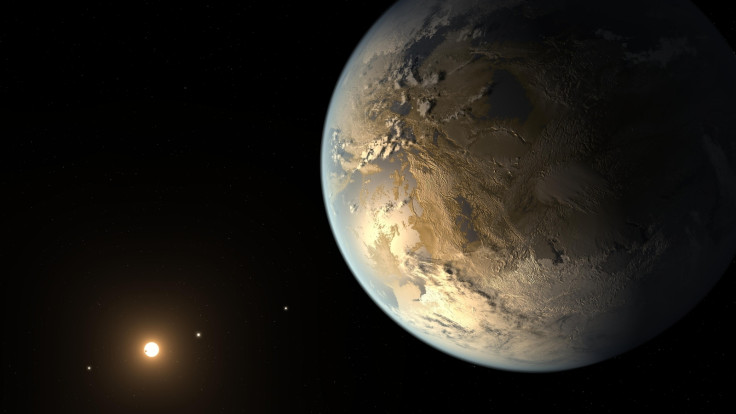Scientists discover first-ever evidence of planet being born 520 light years away from Earth
Images were captured and observations were made using European Southern Observatory's telescopes.
Scientists believe that they may have discovered direct evidence of a new world being born. Images of swirling cosmic disc are said to be tell-tale signs of a star system being born.
Using European Southern Observatory's Very Large Telescope, scientists discovered a cosmic spiral, twisting in the galactic regions somewhere 520 light years away from Earth around the young star AB Aurigae, according to news release on observatory's official website. As per the report, the cosmic matter lies inside the "dense disc of dust and gas" in the young star of Auriga constellation wherein a "prominent spiral structure with a 'twist' that marks the site." This could be the place where the new world is forming.
The astronomers believe it to be the first-ever "direct evidence of baby planet being born." The findings and research are expected to help astronomers in understanding the procedure of how the planets are born.
"Thousands of exoplanets have been identified so far, but little is known about how they form," said Anthony Boccaletti who led the study from the Observatoire de Paris, PSL University, France. "We need to observe very young systems to really capture the moment when planets form."
These images show an enormous spiral of dust and gas around the said star. It is believed to be a sign of the presence of newborn planets.
"The new images feature a stunning spiral of dust and gas around AB Aurigae, located 520 light-years away from Earth in the constellation of Auriga (The Charioteer). Spirals of this type signal the presence of baby planets, which 'kick' the gas, creating "disturbances in the disc in the form of a wave, somewhat like the wake of a boat on a lake," explains co-author of the study Emmanuel Di Folco of the Astrophysics Laboratory of Bordeaux (LAB), France.
Further explaining, the planet rotates around its star which leads to a wave shaped into the spiral arm. As shown in the images, it creates a luminous yellow "twist" in the centre of the star. This is calculated to be the same distance from the star as Neptune from the Sun. This is where the team of researchers think a new planet is being born.
"The twist is expected from some theoretical models of planet formation," said co-author Anne Dutrey, also at LAB. "It corresponds to the connection of two spirals -- one winding inwards of the planet's orbit, the other expanding outwards -- which join at the planet location. They allow gas and dust from the disc to accrete onto the forming planet and make it grow."

The findings were published in a journal called Astronomy & Astrophysics.
© Copyright IBTimes 2025. All rights reserved.





















